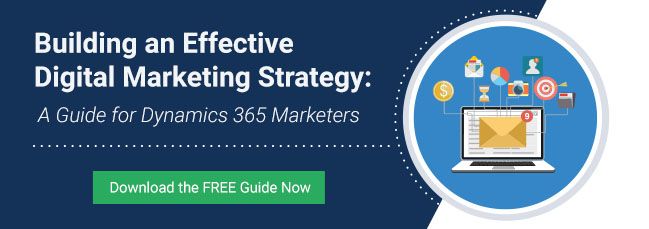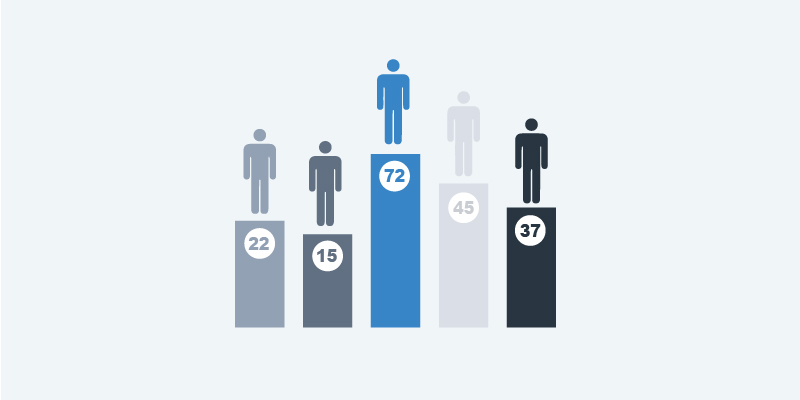From individuals to the largest of corporations, it seems like just about everyone and every business has a website. And why not? Websites are often the go-to source for consumers today, particularly when they are looking to make a purchase.
Websites are such a ubiquitous part of our lives today that it should come as little surprise that they are also a central part of any successful lead generation strategy. But how do you tap into your website’s full potential for lead generation? Here are four of our favorite tips:
1. Deploy landing pages. According to MarketingSherpa, landing pages are effective for an astonishing 94 percent of companies, both B2B and B2C. While not technically part of your website, landing pages are standalone pages that are designed to accomplish a single objective – typically lead generation.
Increase conversions with your landing pages by creating a clutter-free experience; remove the navigation bars typically found on your website and be singularly focused on one call to action (CTA). When it comes to landing pages, short and sweet is the name of the game. The copy, visuals and CTA should all be simple and direct.
2. Make CTAs easy to find. Much like your landing pages, you want to make it easy for website visitors to take action – whether that’s signing up for a trial, watching a sneak peek, requesting more information, etc.
One of our main CTAs on the ClickDimensions website is for people to request a demo of our marketing automation solution. So, at the top of every page, you will find a large Request a Demo button. The button is also accompanied by our phone number and email address, in case a visitor would prefer these communication methods to filling out a form. Decide what the big actions are that you want your visitors to take – and that they want to take too – and make the CTAs for those actions easy to find.
To be most effective for lead generation, these CTAs should be paired with forms. Which brings us to our next point…
3. Utilize forms. Web forms can be used on landing pages and your website alike for capturing lead data when someone, for example, downloads an eBook, registers for a webinar or requests more product information. You can help determine the best placement for your forms by analyzing your web traffic. Your most visited pages are prime real estate for form placement.
Forms should be short enough that leads feel the information they are giving up is worth what they are getting in return. A BrightTALK survey revealed that, for B2B marketers, the ideal number of fields on web registration and download forms is between three and five for 79 percent of respondents.
Also, be sure to use your forms to invite visitors to opt in to receive future communications from your company. It not only can help you maintain compliance with various regulations, it also can help you build marketing lists that you can use to nurture the leads you’ve generated.
4. Pay attention to SEO. Search engine optimization (SEO) is constantly changing, and what works one day may not work the next. It’s important to keep an eye on these changes, which often come in the form of Google algorithm updates, and be aware if you see any drastic differences in your website traffic after an update is released.
Above all else, remember that providing quality content that answers your prospects’ will be rewarded by your leads and search engines alike.
Happy Marketing!









